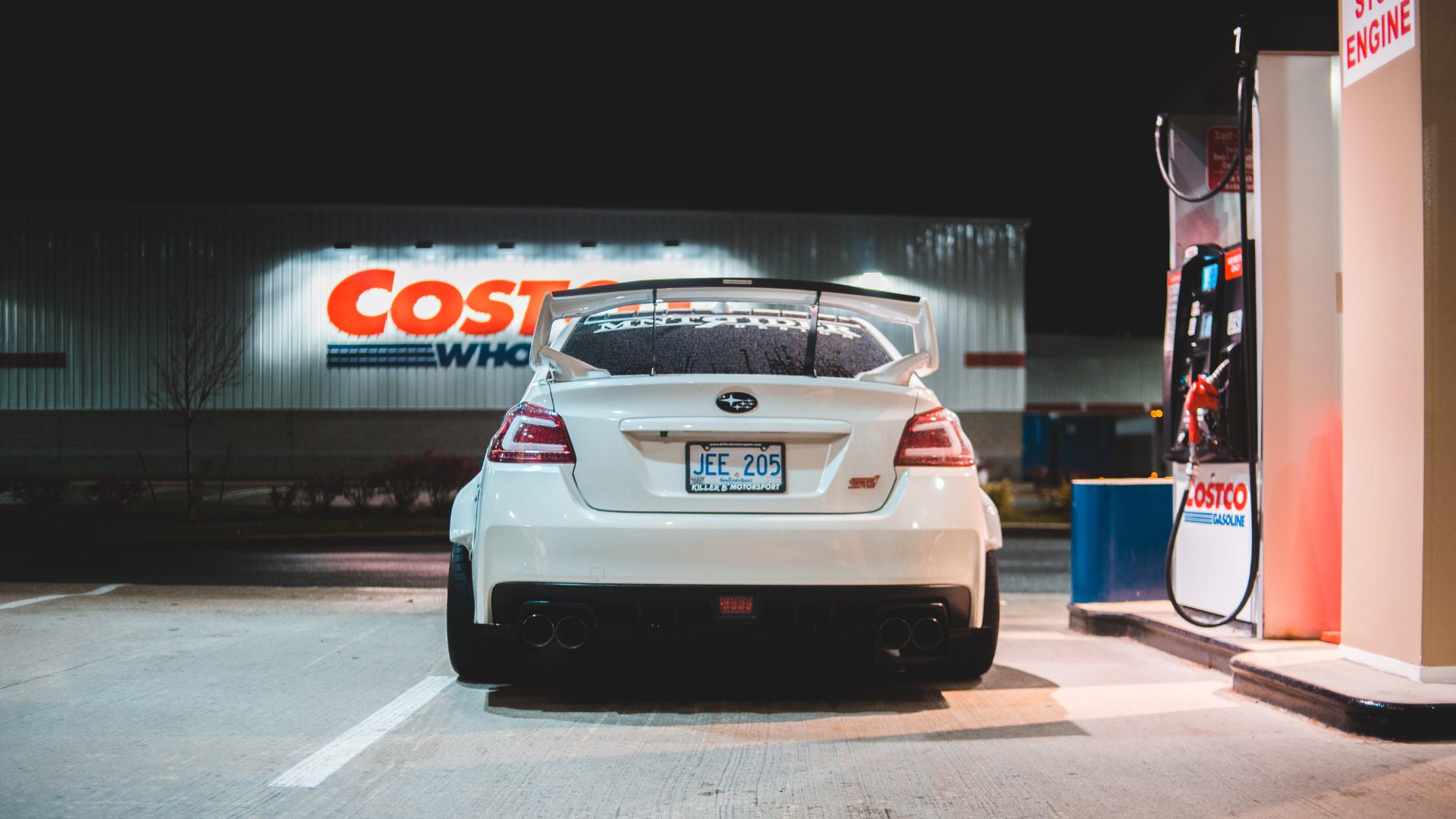Nearly two years into the COVID-19 pandemic, consumers are still buying in bulk.
Following over 20 years of steady but slow sales growth, sales at bulk retailers Costco, Sam’s Club and BJ’s Wholesale Club, rose 26.6% in dollars and 18% in volume during the fourth quarter of 2021 compared with the same quarter of 2019, according to data from IRI, reported The Wall Street Journal (Feb. 7).
“We have seen a long-term shift in consumer behavior to buying certain staples in larger quantities that started at the beginning of the pandemic,” Holly Pavlika, SVP Corporate Marketing at Inmar Intelligence, told The Food Institute. “We expect this to continue moving forward which makes it critical for brands to incent consumers through promotional offers given the reduction in touchpoints timed at purchase.”
Amid the shift toward buying in larger quantities, The Food Institute took a closer look into why people are still loading up their carts at big box retailers, and what they’re filling them with:
WHAT IS DRIVING THIS TREND?
There are several reasons for why people are buying in bulk.
For starters, people are still spending more time at home and remain uncertain about product availability. While not as severe as 2020, the omicron variant has caused shortages.
Food and beverage products overall were 85% in stock for the week ended Jan. 30, compared with stock levels of 93%-95% pre-pandemic, IRI figures show
“Bulk buying of food and grocery items was the norm during the pandemic (driven by the fear of scarcity — not finding stuff that we need when we need — remember the toilet paper shortage!). This may have become habit-forming for many, as shortages continued,” Udayan Bose, CEO of digital marketing agency NetElixir, told The Food Institute.
Additionally, as inflation rises, bulk buying is cheaper per unit, Bose added.
There may also be a green component.
“Consumers are continuing to buy in bulk because it’s better for the environment, and cost-effective especially for families,” Sarah Evans, Founder and CEO at public relations and new media consultancy Sevans Strategy told The Food Institute. “Companies committed to a greener economy have implemented discount programs to consumers who recycle in bulk. … Consumers are becoming more conscious to the benefits of bulk buying.”
WHAT ARE CONSUMERS BUYING IN BULK?
Perhaps coming as no surprise, one of America’s most popular brands for buying in bulk is Costco’s Kirkland Signature. The line of products generated $58 billion in sales for Costco last year, about one-fourth of the warehouse club chain’s total, reported CNN (Feb. 5)
Kirkland’s sales even outpace huge brands such as Campbell Soup, Hershey, and Kellogg, making it America’s biggest consumer packaged goods brand measured by sales.
As for other bulk retailer trends, Sam’s Club hit a new record for membership in the third quarter and reported that the majority of new members were young millennial families — leading the company to change up its product mix.
In focus groups, members said they wanted higher quality goods, including healthier ingredients and clearer labeling. In response, Sam’s Club reformulated nearly 600 products and launched 650 new items.











